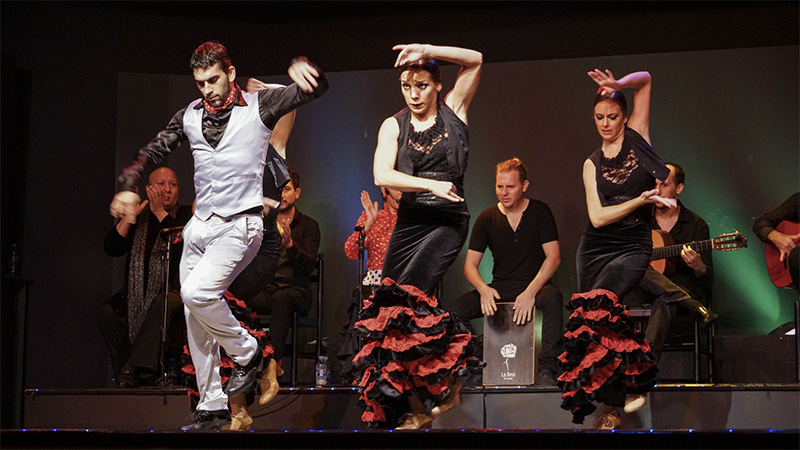World Rhythm Library
- Handpan Edition
The handpan World Rhythm Library was created by David Kuckhermann in 2023.
Each of these music traditions can be awhole universe to explore.
For more rhythms, percussion practice tracks, a supporting pdf booklet and lots of handpan tunes based on these grooves, check out the premium version of the library.
Have fun exploring!


Explanatory Note
For more about our approach and philosophy for the rhythm library, and a breakdown of traditions, time signatures, notation and subdivisions, see Explanatory Notes at the end.
Rhythm Library Premium
You are currently viewing the free version of the Handpan World Rhythm Library. If you enjoy the project, be sure to explore the premium version as well. You will discover twice as many rhythms, each accompanied by play-along practice tracks - most of which were hand-recorded on percussion by David, exclusively for this library. Additionally, there are two supporting PDF booklets included, allowing you to carry this library as a resource wherever you go. You'll also gain access to a series of tutorial videos demonstrating how to transform these rhythms into compositions, along with one handpan composition representing each musical tradition.
Rhythm Database
Below you find rhythms from all over the world, interpreted on the handpan. You can use the menu to navigate the various music traditions.
EXPLANATORY NOTES
The same rhythm can be known under many different names and those names can be spelled differently, depending on the region or individual.I have used names/spellings that I have most commonly come across when I learned or encountered a rhythm. That doesn’t necessarily mean that they are original.
Many of these folk music traditions from around the world are related. For example you will often find the same rhythm in Arabic, Turkish and Greek music.Sometimes you will also find the same pattern in completely different music traditions. One example is the Arabic/Turkish Khaligi and the Brazilian Baiāo.I tried to sort the rhythms in a way that is concise and makes sense, but I don’t necessarily always get it right.
If there are any missing that you would like to see/learn, please let me know in the comments. My aim is for this to be an ongoing and comprehensive project!
We tried to extract the main characteristics of each rhythm and transcribe them to the language of the handpan. For some rhythms, for example most of the Middle-Eastern rhythms, this works quite well. The Middle-Eastern drumming vocabulary with its clear low and high accents (doums and taks), are quite straight-forward to transfer to the handpan.For other rhythms, for example South-American or African polyrhythms, it’s a different story. These grooves can not be transferred 1-to-1 to the handpan and are very much up for interpretation of the performer.
Our examples can never and do not intend to cover the whole cultural manifestation of every genre or rhythm. Nor do we claim to have the the correct or the definitive version. Our patterns are just one of many possible interpretations of a rhythm where we try to capture the essence of a rhythm on the handpan.Culture and traditions are living manifestations and subject to changes and evolution. Many of these rhythms survive until today through oral tradition and have different manifestations in their own countries or places they are original manifested. Therefore, let us always be open-minded in accepting the cultural diversity and living history of our world
I use a tablature notation for the handpan, which is based on the Middle Eastern names for bass and high accents: Doum and Tak (D and T/K)
D = Bass accent
T and K = High accent
● = ghost note or space
Numbers 1-9 = tone fields in a circular layout, starting with the lowest one and going up the scale.
If you don’t have a background in Western music theory, time signatures can be confusing. Here’s a quick summary, taken from our Dojo Dictionary:
Time signatures comprise two numbers, written like a fraction - 34, 68 and so on.
~ The top number shows us how many counts/beats make up a bar.
~ The bottom number is always a power of 2. It shows us what length of note = one count in a bar. Most commonly:
4 = crochets/quarter notes
8 = quavers/eighth notes (twice as fast).
Using the examples above, we have:
3 crochets (34)
6 quavers (68)
Examples of time signatures include:
4/4 time
(also known as ‘Common time’ - the most common in Western music)4 counts to a bar
Each count = crochet/quarter note
(Say: “1 and 2 and 3 and 4 and” - you are talking in 4/4!) 3/4 time
(think of a Waltz)3 counts to a barEach count = crochet/quarter note
(Say: “1 and 2 and 3 and”)7/8 time
(an ‘odd-metre’)7 counts to a barEach count = quaver/eighth note(Say: “1,2,3,4,5,6,7” at double the speed of the other examples)
With some of the rhythms, I note the rhythmical subdivision, for example 7/8: 3-2-2.
Rhythms are generally subdivided into shorter groupings of 2s and 3s (sometimes 4s).
The number refers to the amount of quavers/eighth notes or semi-quavers/sixteenth notes that a group contains. Using the 7/8 example: the quavers/eighth notes can be subdivided 3-2-2, 2-2-3 or 2-3-2. This refers to the placement of the accents, with each main accent marking the beginning of a new subdivision. In fact, all the 7/8s in the Odd-Metre Grooves section are worth checking out to see how the different subdivisions change the feel of the rhythm.
This World Rhythm Library project was inspired by Jas’s Middle Eastern Rhythm FAQ, an incredible resource I have visited countless times over the years: http://www.khafif.com/rhy/
Other sources:
Maqamworld.com
Monette Marino (https://www.monettemarino.com) - Mo'Rhythm (amazing IOS app for Djembe rhythms)
Greek Dance Rhythms for Drums - Basics and Beyond (Fred Bolder)












